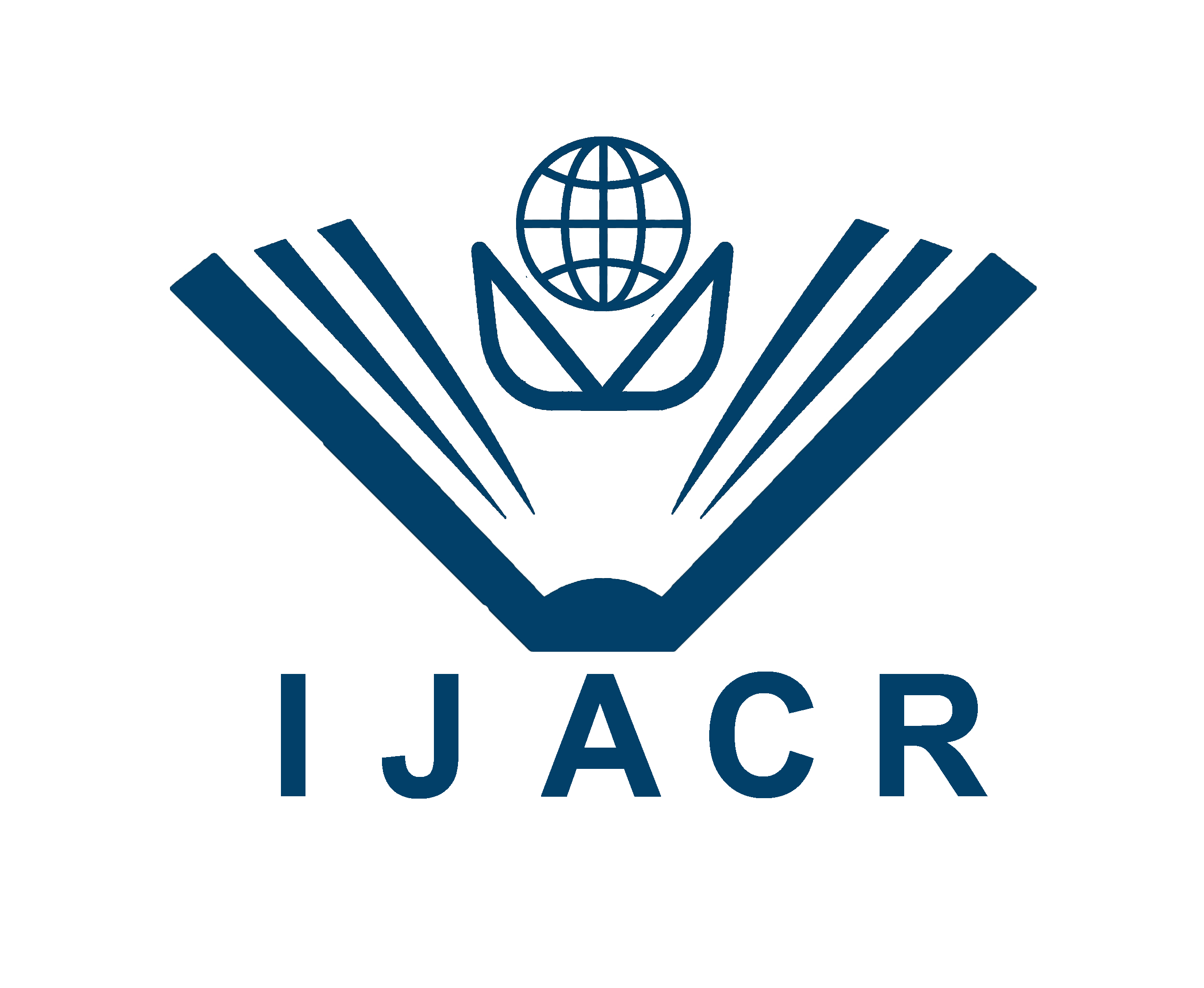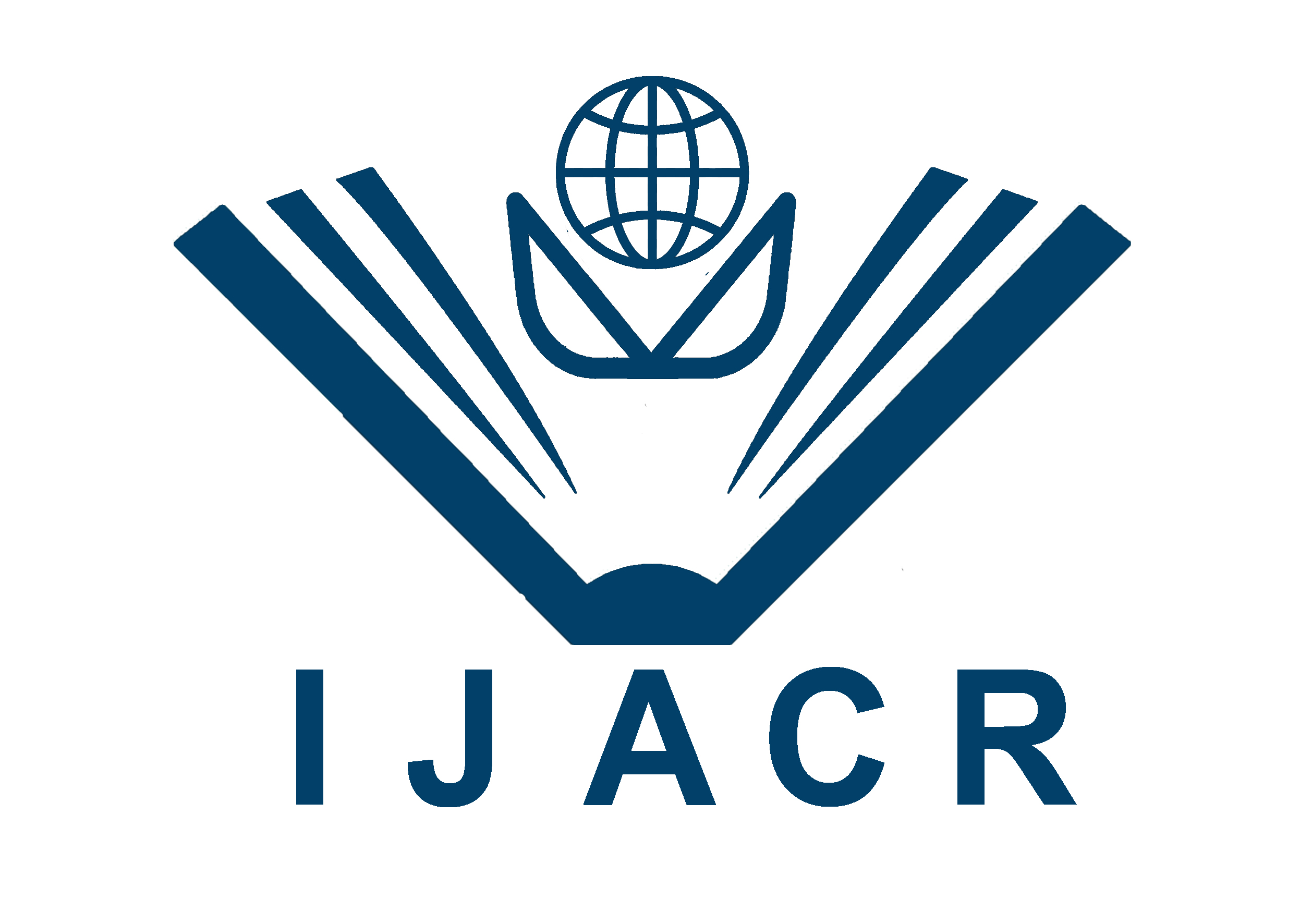International Journal for Asian Contemporary Research, 5(1): 1-6
A Preliminary Seedling Growth Experiment for Assessing the Role of Mycorrhizae Species within Wheat Plant Tissue, Sand Culture along with Swiss AMF Inoculum Use
Received: 24 December 2024 || Accepted: 30 January, 2025 || Published: 10 February, 2025
A B S T R A C T
This study evaluates the impact of Arbuscular Mycorrhizal Fungi (AMF) on nutrient uptake and sand physicochemical properties in wheat (Triticum aestivum L.) seedlings along with Swiss AMF inoculum use. Conducted at the Agronomy Field Laboratory, University of Rajshahi, Bangladesh, the experiment employed a randomized complete block design with three treatments: control, mycorrhizal (+AMF), and non-mycorrhizal (-AMF), each replicated three times. Rhizophagus irregularis was used as the AMF species, with BARI Gom 28 as the host plant. The clay-textured soil had low organic matter and fertility, with a pH between 6.8 and 8.6. Results revealed significant improvements in nutrient uptake due to AMF inoculation. The +AMF treatment recorded the highest values for nitrogen (0.65%), calcium (8.077 mg kg⁻¹), copper (0.013 mg kg⁻¹), iron (5.246 mg kg⁻¹), potassium (22.66 me/100g), carbon (2.56%), magnesium (3.392 mg kg⁻¹), manganese (0.248 mg kg⁻¹), phosphorus (6.29 mg kg⁻¹), and zinc (0.094 mg kg⁻¹), compared to the control. Soil physicochemical properties were also affected, with the highest soil pH observed in the +AMF treatment. Soil nitrogen content was highest in the control, while phosphorus and sulfur levels decreased significantly in the +AMF treatment, indicating higher plant uptake. This study highlights the potential of AMF inoculation to enhance nutrient uptake and improve soil properties, suggesting a promising approach for boosting crop production in low-fertility soils.
Keywords: Arbuscular Mycorrhizal Fungi, Rhizophagus irregularis, nutrient uptake, sand physicochemical properties and wheat seedlings.
To cite this article: Sultana, F., Momen, M.B.H., Salahin, M., Islam, M.R., Hasan, M.M and Khan, M.T.A. (2025). A Preliminary Seedling Growth Experiment for Assessing the Role of Mycorrhizae Species within Wheat Plant Tissue, Sand Culture along with Swiss AMF Inoculum Use. International Journal for Asian Contemporary Research, 5(1): 1-6.
References
- Adeyemi, N. O., Atayese, M. O., Sakariyawo, O. S., Azeez, J. O., Olubode, A. A., Ridwan, M., Adebiyi, A., Oni, O., & Ibrahim, I. (2021). Influence of different arbuscular mycorrhizal fungi isolates in enhancing growth, phosphorus uptake and grain yield of soybean in a phosphorus deficient soil under field conditions. Communications in Soil Science and Plant Analysis, 52(10), 1171–1183. https://doi.org/10.1080/00103624.2021.1879117
- Aslanpour, M., Baneh, H. D., Tehranifar, A., & Shoor, M. (2019). Effect of mycorrhizal fungi on macronutrients and micronutrients in the white seedless grape roots under the drought conditions. International Transaction Journal of Engineering, Management, & Applied Sciences & Technologies, 10(3), 397–408.
- Bhantana, P., Rana, M. S., Sun, X., Moussa, M. G., Saleem, M. H., Syaifudin, M., Shah, A., Poudel, A., Pun, A. B., & Bhat, M. A. (2021). Arbuscular mycorrhizal fungi and its major role in plant growth, zinc nutrition, phosphorous regulation and phytoremediation. Symbiosis, 84, 19–37.
- Bhuiyan, M. A. H., Khanam, D., Hossain, M. F., & Ahmed, M. S. (2008). Effect of Rhizobium inoculation on nodulation and yield of chickpea in calcareous soil. Bangladesh Journal of Agricultural Research, 33(4), 549–554.
- Cakmak, I., Lambers, H., Grant, C. A., & Zhao, F.-J. (2023). Arbuscular mycorrhizal fungi: Key players in avoiding cadmium accumulation in food crops. Plant and Soil, 484(1), 13–32.
- George, N. P., & Ray, J. G. (2023). The inevitability of arbuscular mycorrhiza for sustainability in organic agriculture—A critical review. Frontiers in Sustainable Food Systems, 7, 1124688.
- Hoagland, D. R., & Arnon, D. I. (1938). The water-culture method for growing plants without soil. https://www.cabidigitallibrary.org/doi/full/10.5555/19400300028
- Ibrahim, M., Iqbal, M., Tang, Y.-T., Khan, S., Guan, D.-X., & Li, G. (2022). Phosphorus mobilization in plant–soil environments and inspired strategies for managing phosphorus: A review. Agronomy, 12(10), 2539.
- Khaliq, A., Perveen, S., Alamer, K. H., Zia Ul Haq, M., Rafique, Z., Alsudays, I. M., Althobaiti, A. T., Saleh, M. A., Hussain, S., & Attia, H. (2022). Arbuscular mycorrhizal fungi symbiosis to enhance plant–soil interaction. Sustainability, 14(13), 7840.
- Petersen, L. W., Moldrup, P., Jacobsen, O. H., & Rolston, D. E. (1996). Relations between specific surface area and soil physical and chemical properties. Soil Science, 161(1), 9–21.
- Püschel, D., Bitterlich, M., Rydlová, J., & Jansa, J. (2020). Facilitation of plant water uptake by an arbuscular mycorrhizal fungus: A Gordian knot of roots and hyphae. Mycorrhiza, 30(2), 299–313.
- Qin, Z., Peng, Y., Yang, G., Feng, G., Christie, P., Zhou, J., Zhang, J., Li, X., & Gai, J. (2022). Relationship between phosphorus uptake via indigenous arbuscular mycorrhizal fungi and crop response: A 32P-labeling study. Applied Soil Ecology, 180, 104624.
- Saia, S., Tamayo, E., Schillaci, C., & De Vita, P. (2020). Arbuscular Mycorrhizal Fungi and Nutrient Cycling in Cropping Systems. In R. Datta, R. S. Meena, S. I. Pathan, & M. T. Ceccherini (Eds.), Carbon and Nitrogen Cycling in Soil (pp. 87–115). Springer Singapore. https://doi.org/10.1007/978-981-13-7264-3_4
- Soltanpour, P. N., & Schwab, A. P. (1977). A new soil test for simultaneous extraction of macro‐ and micro‐nutrients in alkaline soils. Communications in Soil Science and Plant Analysis, 8(3), 195–207. https://doi.org/10.1080/00103627709366714
- Subbaiah, B. V. (1956). A rapid procedure for estimation of available nitrogen in soil. Curr. Sci., 25, 259–260.
- Wahab, A., Muhammad, M., Munir, A., Abdi, G., Zaman, W., Ayaz, A., Khizar, C., & Reddy, S. P. P. (2023). Role of arbuscular mycorrhizal fungi in regulating growth, enhancing productivity, and potentially influencing ecosystems under abiotic and biotic stresses. Plants, 12(17), 3102.
- Walkley, A., & Black, I. A. (1934). An examination of the Degtjareff method for determining soil organic matter, and a proposed modification of the chromic acid titration method. Soil Science, 37(1), 29–38.
- Yangyang, J. I. A., van der Heijden, M. G., Valzano-Held, A. Y., Jocher, M., & Walder, F. (2024). Mycorrhizal fungi mitigate nitrogen losses of an experimental grassland by facilitating plant uptake and soil microbial immobilization. Pedosphere, 34(2), 399–410.
- Zhang, Y., Dong, L., & Shangguan, Z. (2023). Appropriate N addition improves soil aggregate stability through AMF and glomalin‐related soil proteins in a semiarid agroecosystem. Land Degradation & Development, 34(3), 710–722. https://doi.org/10.1002/ldr.4488
- Zhou, J., Zang, H., Loeppmann, S., Gube, M., Kuzyakov, Y., & Pausch, J. (2020). Arbuscular mycorrhiza enhances rhizodeposition and reduces the rhizosphere priming effect on the decomposition of soil organic matter. Soil Biology and Biochemistry, 140, 107641.
Article View: 1217 times



